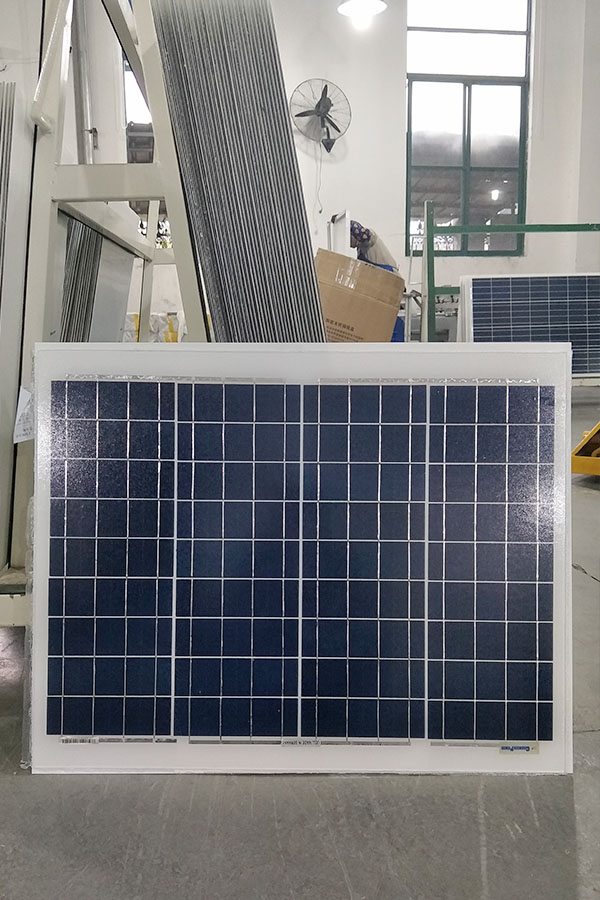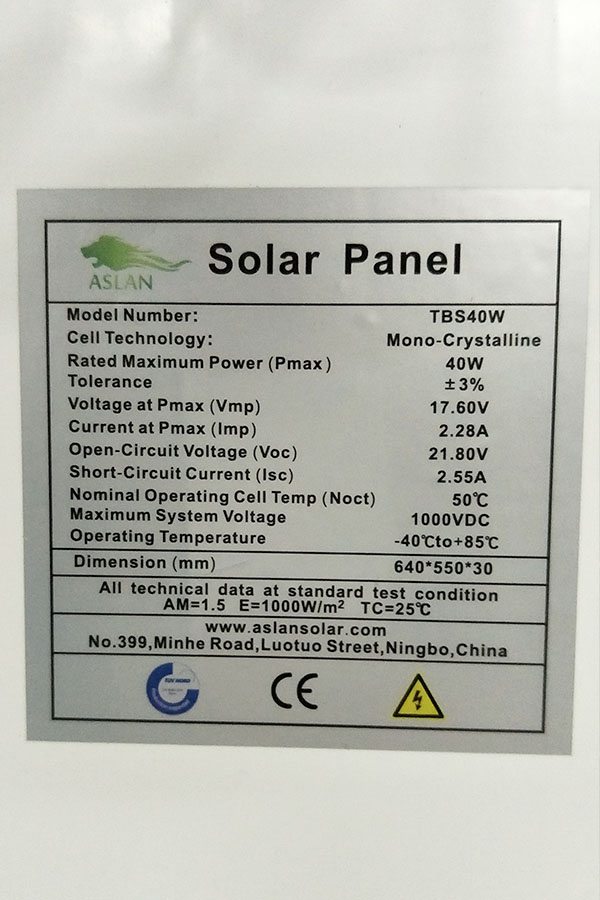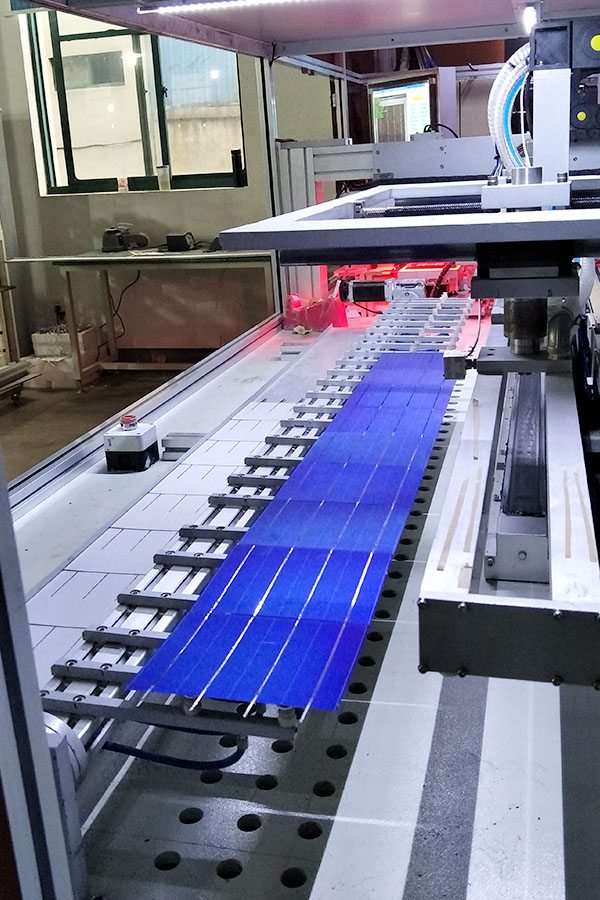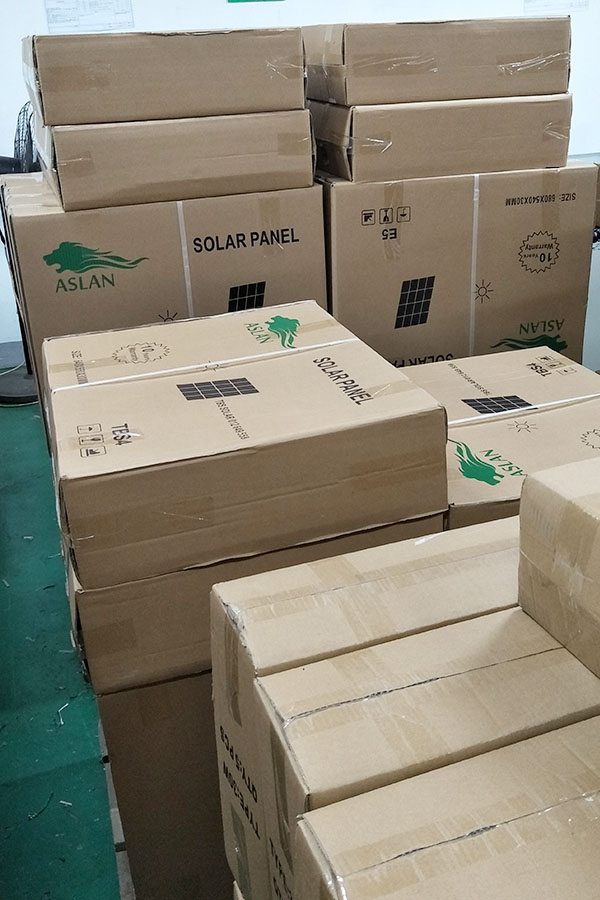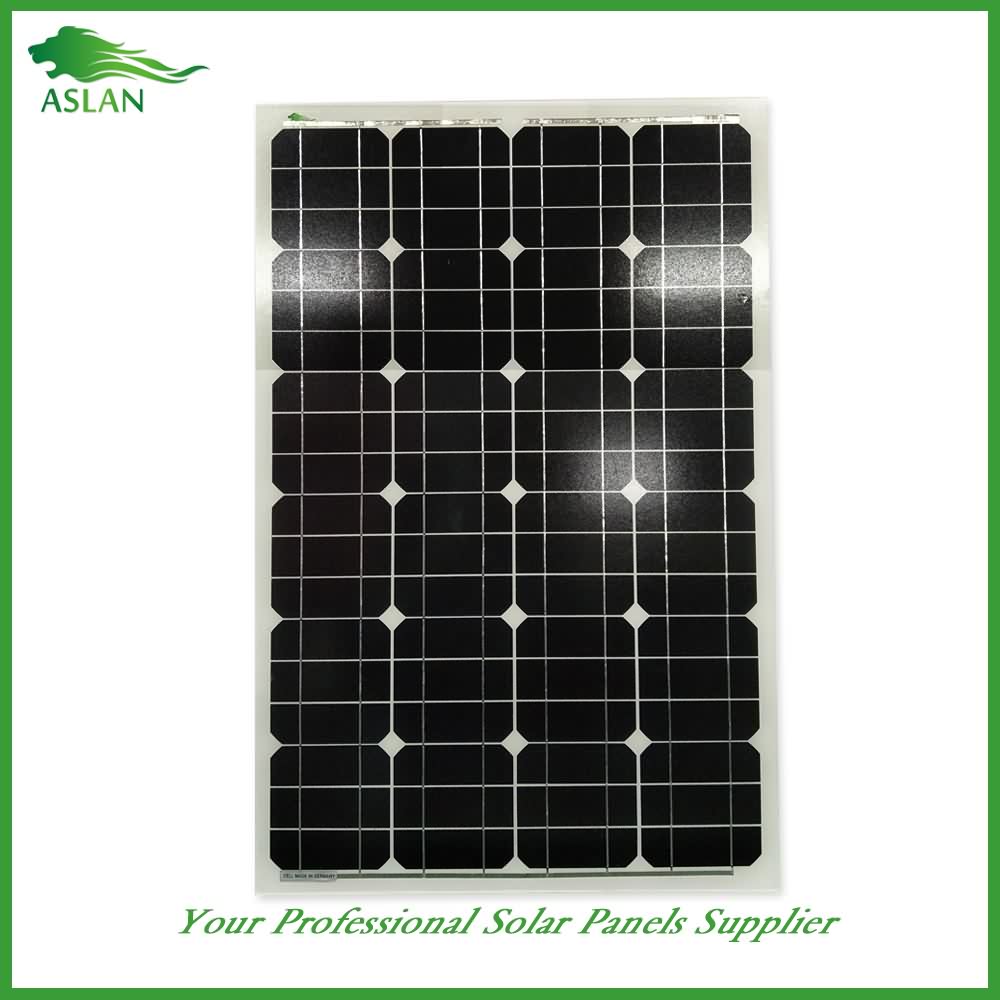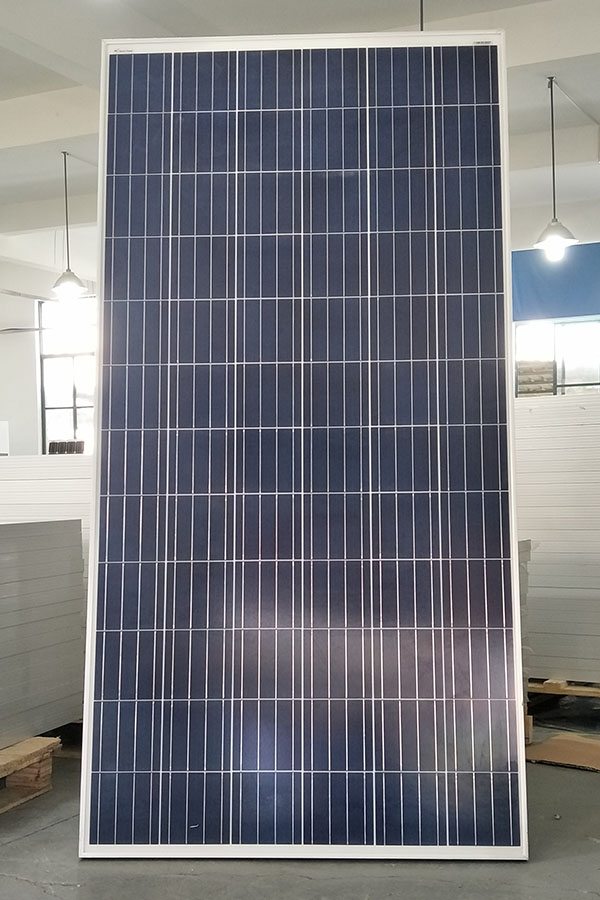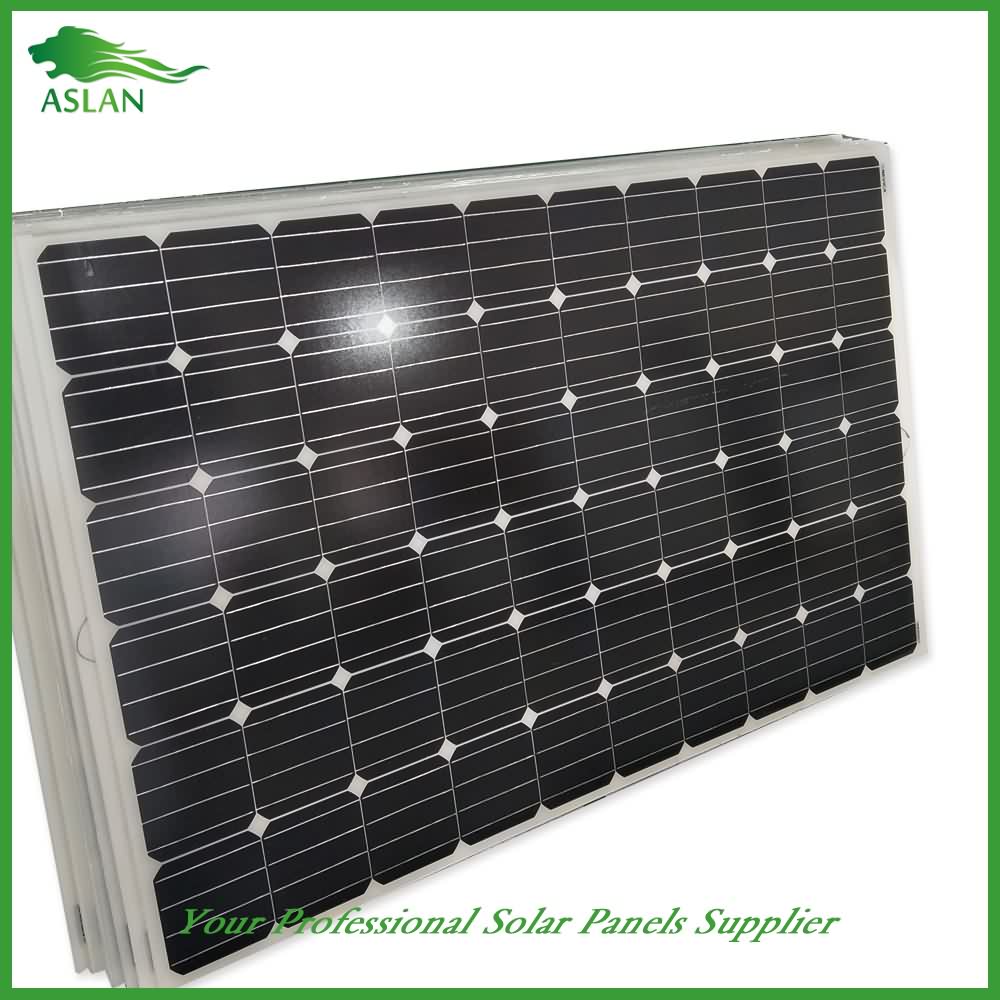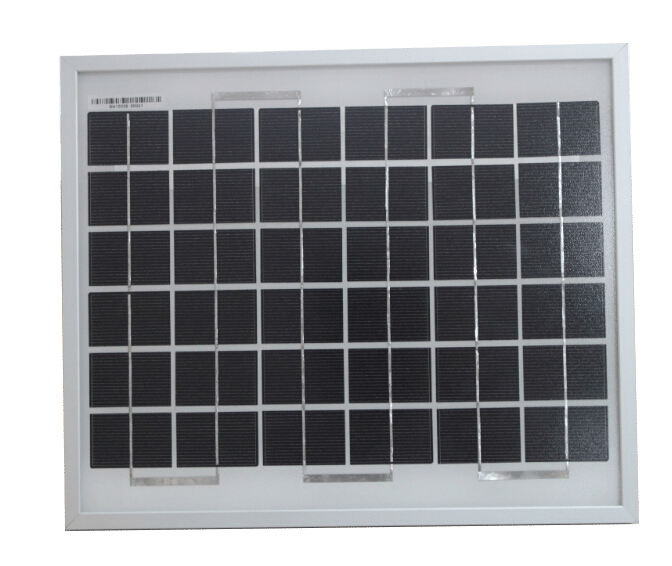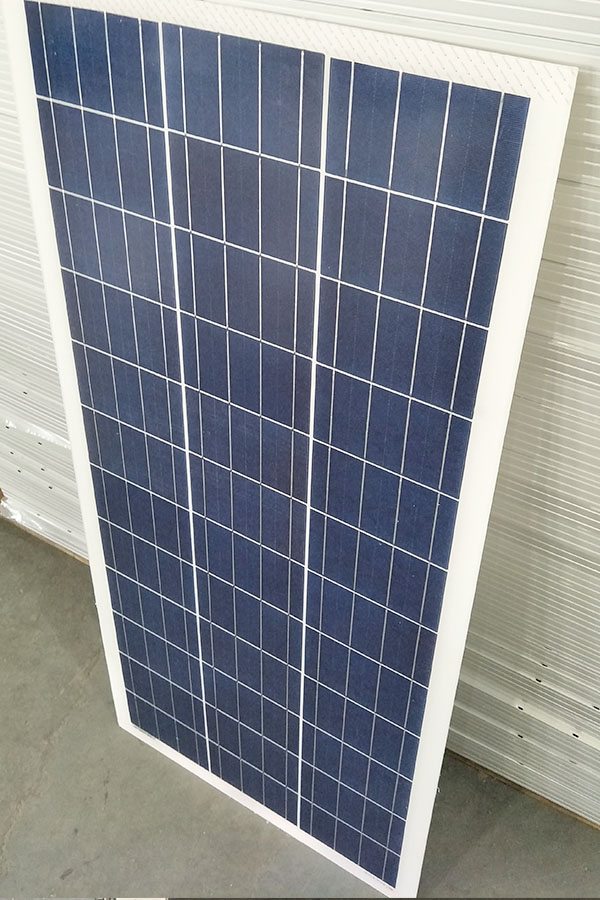28 Years Factory Poly-crystalline Solar Panel 40W Wholesale to Slovak Republic
Short Description:
We always think and practice corresponding to the change of circumstance, and grow up. We aim at the achievement of a richer mind and body and the living for 28 Years Factory Poly-crystalline Solar Panel 40W Wholesale to Slovak Republic, Contact with us today! We are ready for the market service now!
Poly-crystalline Solar Panel 40W
Technical parameter
Maximum Power(W) 40W
Optimum Power Voltage(Vmp) 17.35V
Optimum Operating Current(Imp) 2.31A
Open Circuit Voltage(Voc) 21.16V
Short Circuit Current(Isc) 2.53A
Mechanical Characteristics
Cell Type Polycrystalline 156 x 52mm
No of Cell 36 (4x9pcs)
Dimensions 670x420x30mm
Weight 4.0Kg
Front Glass 3.5mm,High Transmission, Low Iron,Tempered Glass
Junction box IP65 Rated
Output Cable TUV 1×4.0mm2/UL12AWG,Length:900mm
Temperature and Coefficients
Operating Temperature(°C): -40°C ~ + 85°C
Maximum System Voltage: 600V(UL)/1000V(IEC) DC
Maximum Rated Current Series: 15A
Temperature Coefficients of Pmax: -0.47%
Temperature Coefficients of Voc: -0.389%
Temperature Coefficients of Isc: 0.057%
Nominal Operationg Cell Temperature (NOCT): 47+/-2°C
Materials of solar panel
1).Solar Cell——Polycrystalline solar cell 156*52mm
2).Front Glass——-3.2mm, high transmission, low iron, tempered glass
3).EVA——-excellent anti-aging EVA
4).TPT——-TPT hot seal made of flame resistance
5).Frame——anodized aluminum profile
6).Junction Box——-IP65 rated, high quality, with diode protection
Superiority: high quality anodized aluminum frame, high efficiency long life, easy installation, strong wind resistance, strong hail resistance.
Features
1. High cell efficiency with quality silicon materials for long term output stability
2. Strictly quality control ensure the stability and reliability, totally 23 QC procedures
3. High transmittance low iron tempered glass with enhanced stiffness and impact resistance
4. Both Poly-crystalline and Mono-crystalline
5. Excellent performance in harsh weather
6. Outstanding electrical performance under high temperature and low irradiance
Quality assurance testing
Thermal cycling test
Thermal shock test
Thermal/Freezing and high humidity cycling test
Electrical isolation test
Hail impact test
Mechanical, wind and twist loading test
Salt mist test
Light and water-exposure test
Moist carbon dioxide/sulphur dioxide
Improvements in technology and cell coverage, coupled with decreasing wireless data costs, have created an opportunity to bring some of the real-time monitoring capabilities typically associated with grid-tied systems to off-grid systems.
As autonomous power systems become increasingly relied upon by industrial customers (not just oil & gas) as a trusted technology to power remote critical applications, monitoring is a crucial tool to combat the inherent risk posed by weather variability.
By having 24-hour visibility of your system’s parameters, along with any alarm or fault info, you’ll be much better prepared to respond to system issues before outages occur. If outages do occur, you’ll be better prepared to respond to them by having the right tools and equipment to help you fix the system on the first trip to the site.
Come join SunWize for an introductory session on remote monitoring for off-grid power systems. We will review different monitoring platforms and hardware options from various solar charge controller manufacturers, including Morningstar, Outback Power, and others. We will discuss basic setup, use, and various IT and carrier related suggestions SunWize has learned through over 20+ years experience.
A thorough look at the assembly of the generic Chinese soldering irons often supplied with thermally controlled soldering stations. These are a very refined design with lots of neat features in the assembly.
Whole soldering irons or their various components like heating elements and bits can be bought at staggeringly low prices online.
It’s a bit galling that for the cost of one pack of spare bits for my older style mains Antex iron I can buy 30 or more replacement bits in a wider range of styles for these generic irons. I guess they must be considered a disposable item in the Chinese electronics manufacturing industry
It’s worth noting that the soldering stations have a calibration facility on them to fine tune the thermocouples. If you inadvertently set the calibration to an extreme level and get distracted the iron can reach a red hot state!
I’ve not tested the iron at this stage due to waiting for my preferred style of bit (3mm chisel) and the disconcerting smell of hot transformer and surprising case temperature on the base unit!
